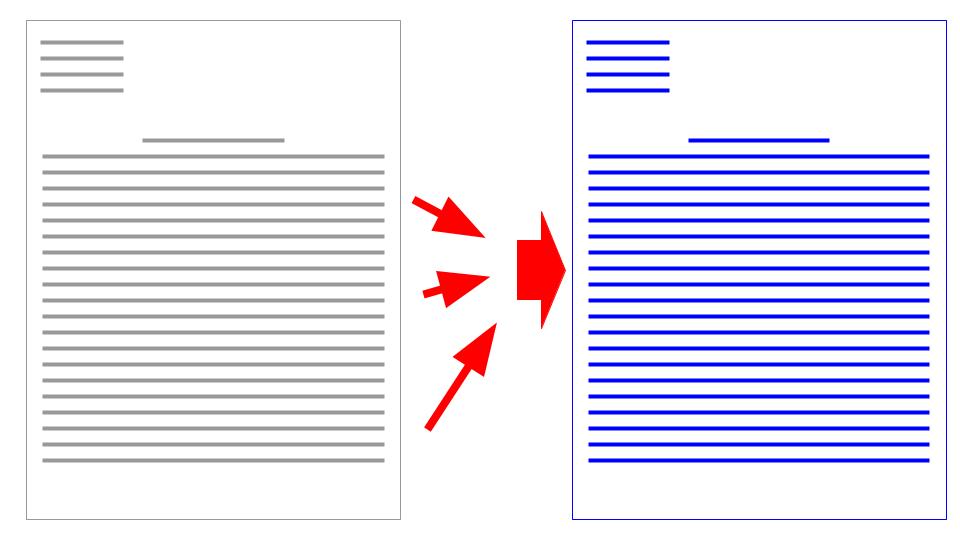When composing feedback on student work, consider how you make it actionable or executable.
Often, when we provide feedback on a scientific report, position paper, or business plan, we go into what Barbara Walvoord and Virginia Johnson Anderson call “autopsy mode.” Our feedback in the margins of a student assignment becomes an effort to justify subtraction from a 100% grade. Conditioned by prior education, students also expect that and may regard assignments as more or less discrete hurdles in an academic obstacle course.
Imagine if one of your students came to you days after you handed back reports or essays and asked for a few minutes of your time to discuss her plan to do better at whatever it was she did in your assignment. You would skip lunch to make time for that! Maybe you have been fortunate enough to have that student in your class.
You can build that into your feedback from the beginning. When grading written or project assignments, focus your comments on specific aspects, skills, or areas where they can improve their work when composing or creating in your class, in your discipline, or in composition generally. Part of this is to decide what each student needs to work on next in their process of becoming better at the task. Pick just a few things you’d like to see a student do to improve their work. Choose only two, or perhaps three, and stop trying to comment on every flaw you identify in their work.
When students get an avalanche of red ink on their work, they’re less likely to engage with your comments. They may shrug and assume this just isn’t something they are good at. (And besides, the course isn’t in their major, so “whatever.”) Or, if they must revise the draft, they may methodically work through your comments like checking boxes, implementing quick, perfunctory changes just to get credit for acknowledging your authority. In either case they aren’t encouraged to develop themselves or their skills.
Instead, rally your comments around those few things a student should learn and do next, in order to improve their work: “Okay, here are two things I want you to work on. Thing 1 is this, and you can see I have highlighted a few examples throughout your paper. There are other examples I have not pointed out, so you get the chance to identify them yourself.” Then, provide the student with brief instructions on how to do better. For example, you may list the procedure, or point them to a source that describes the skill, or direct them to the librarians or writing center on campus. In any case, describe for them a specific aspect of their work they can focus on, and how to develop a plan to improve it.
If you are grading exams, you might recommend that a student revisit their study habits, and develop a plan for improving them. At Canisius, the Student Success Teams, the Griff Center for Student Success, the Writing Center, and faculty themselves have plenty of advice to offer students interested in intentionally improving their learning process.
If you meet with a student in your office or on Zoom, you can make this a conversation by providing them actionable feedback, and then asking “OK, so what are your next steps?” Let the student articulate how they will get to a better outcome on the same kind of task, the next time around.
If you have multiple, similar assignments in the same class, you can track where you expect to see improvements for each student. If you identified one, two, or perhaps three directions for improvement for each student on a given assignment, revisit those when grading the next assignment. (Groups of students will likely be working on the same skills development.) This can make grading student work a little easier, since for each student you are focused on specific paths of improvement.
Even if it is the last assignment for the semester, actionable feedback can be easier for you to compose, and if there is any chance students will read it, it might encourage them to consider it for subsequent work.
Actionable or rxecutable feedback has a better chance of promoting students’ growth mindset. They don’t just “get” grades “given” by professors. Instead, learning is a process that requires their self-efficacy: discover, reflect, plan, execute, seek feedback, practice, and so on.
